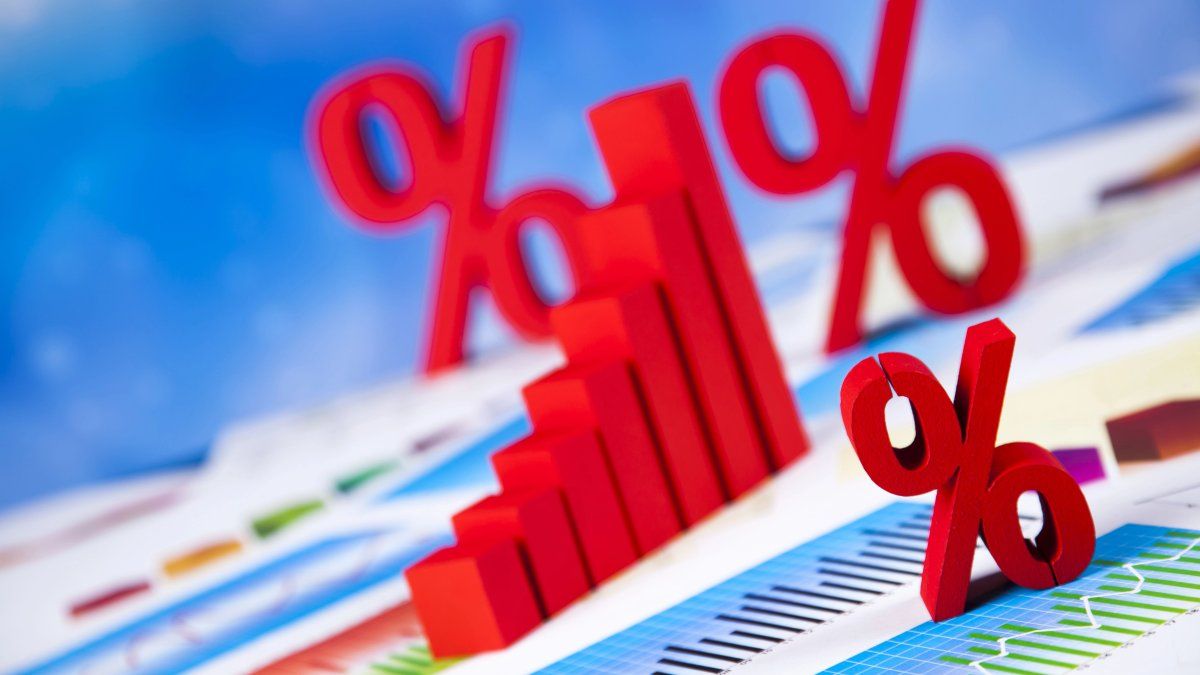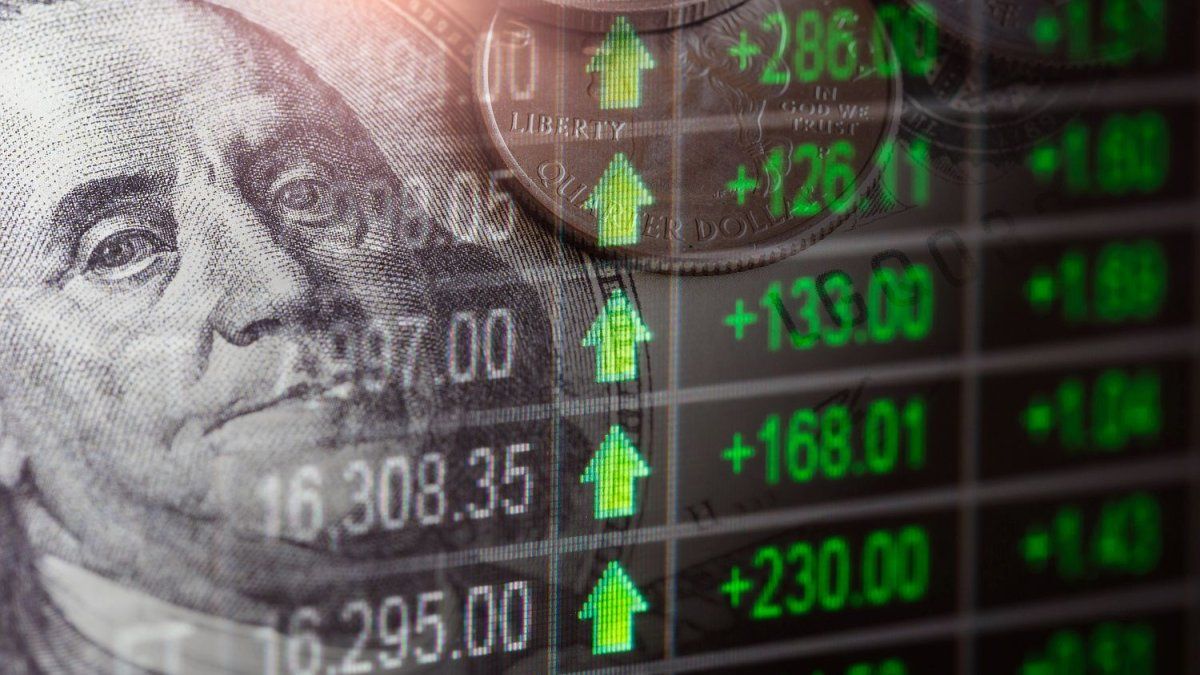During the last week, the stock rate rate operated with extreme volatility, reaching 100% TNA, which caused important movements throughout the instrument curve in pesos. The jump responded to the messy departure from the Lefisleaving the market without one of its main monetary absorption mechanisms. Consequently, the market begins to anticipate Where the weights can go in front of the new monetary scenario.
Meanwhile, with the aim of avoiding additional pressure on the dollar, the Government deepened its intervention in the futures marketin a context where the mid -term electoral process adds a high level of uncertainty to the mismatches of the current monetary scheme.
Treasury tender: analysts believe that there will no longer be “superpremios”
“With rates at maximum levels, we do not believe that the treasure is willing to validate them with a significant prize”expressed from Delphos Investment And it is that they took into account, on the one hand, the high maturities for $ 12 billion corresponding to the S31L5on the other, the growing liquidity needs of the financial system, and, a solid position of the Treasury -with deposits for about $ 28 billion between the BCRA and the banks. That is why they concluded that “We could anticipate a low ´rorover´ rate in the next tender.”
From SBS group Reading is very similar: “We consider that, given the upward pressure in rates of these wheels, possibly The Treasury chooses to validate lower rates and that the rollover is below 100%giving some air to the market regarding liquidity canceling maturities with deposits pesos in the BCRA. We will follow closely whether that hypothetical increase in the liquidity that we foresee after the tender has or not impact on the rates in pesos and what magnitude. “
“Carry Trade”: In what scenarios is it recommended?
“While compression in the yields of the fixed rate curve is expected under this scenario, The success of the ´Carry Trade ‘strategies will depend on the impact that such liquidity injection and the consequent rate of rates has on the level of the dollar “expressed from Delphos. It should be remembered that the exchange rate reached annual maximums in the days prior to the special bidding of Lefis, which absorbed $ 4.7 billion.
When considering these risks, they believe that it is convenient that Positions in pesos are oriented towards conservative strategies of “Carry Trade”. “At current rates, these strategies show a good risk-back relationship, since The market already discounts an implicit exchange rate to the ceiling of the exchange band from February 2026. Under the continuity hypothesis of the band regime, this provides a protection mattress against exchange shocks, “they said.
However, given the high volatility and uncertainty facing October legislative electionsthese experts prioritized positioning in Short Lecaps. “This vision is backed by An accentuated investment of the fixed rate curve, added to the real rates of short bonce rose more than in the long section. This dynamic is reflected in the implicit inflation, which passed from 18% to levels of 26% annualized For the second semester of 2025, “they expanded.
For its part, from SBS groupthey gave their vision about the “Carry Trade”: “We believe there would be a certain space for additional rates compression, something that would provide potential for profitable positions of Carry Trade, also considering the increase of the dollar since the short week of June. In any case, the previously mentioned fact must be taken into account of investors regarding the Magros expected commercial dollars for the second semester Until the fine harvest in a context of electoral and TCR career at low levels if we look at the historical of recent years, even having depreciated so far from 2025 “.
The two possible scenarios for the curve in pesos, according to Grupo IEB
In the context of high volatility in the rates in pesos and after the disruption generated by the exit of the Lefis, from the IEB Group They traced two possible scenarios for the yield curvewhich will mark the course of the strategies in pesos in the short and medium term. The key will be in itself the market manages to converge towards a real balance rate or if, on the contrary, divergence and uncertainty persist. Depending on that, the expected returns differ for Lecaps, Boncaps and Cer Bonds.
In the first scenario, according to IEBit could happen a normalization of the real rate around 12.2%both the CER curve and the fixed rate, which implies that “they should soften their slope because the expectations for reducing fees would be dissipated.” Also, experts argue that the fixed rate curve should have a slight negative slope since deflationary expectations will persist.
To meet this scenario, for IEB: LECAPS and BANCAPS, with maturities to less than 90 days, would have, on average, 3% return, while the CER with expiration in 2025 would be 2.3%.
In the second scenario, also according to IEB, Volatility lasts and the real rate does not find a short -term balance. In this case, the curves would have a form similar to the one they show today. Given this scenariothe fixed rate curve, with maturities less than 90 days, would result in increases of 2.3%, on average. And the CER curve would grant returns of 0.8%.
“In case of observing greater deadlines, The LECAPS and BANCAPS curve would be substantially winning with respect to the CER, which would show losses in some of its instruments. Also, the T30E6 It would be the successful positioning, giving as a prize 5.9%, while the optimal CER would be the Tzxo6, rising 2.3%. Thus, Any active fixed rate with expiration in 2026 would exceed the performance of Tzxo6, despite being the largest return in the CER curve “ They closed.
Source: Ambito
I am a 24-year-old writer and journalist who has been working in the news industry for the past two years. I write primarily about market news, so if you’re looking for insights into what’s going on in the stock market or economic indicators, you’ve come to the right place. I also dabble in writing articles on lifestyle trends and pop culture news.




